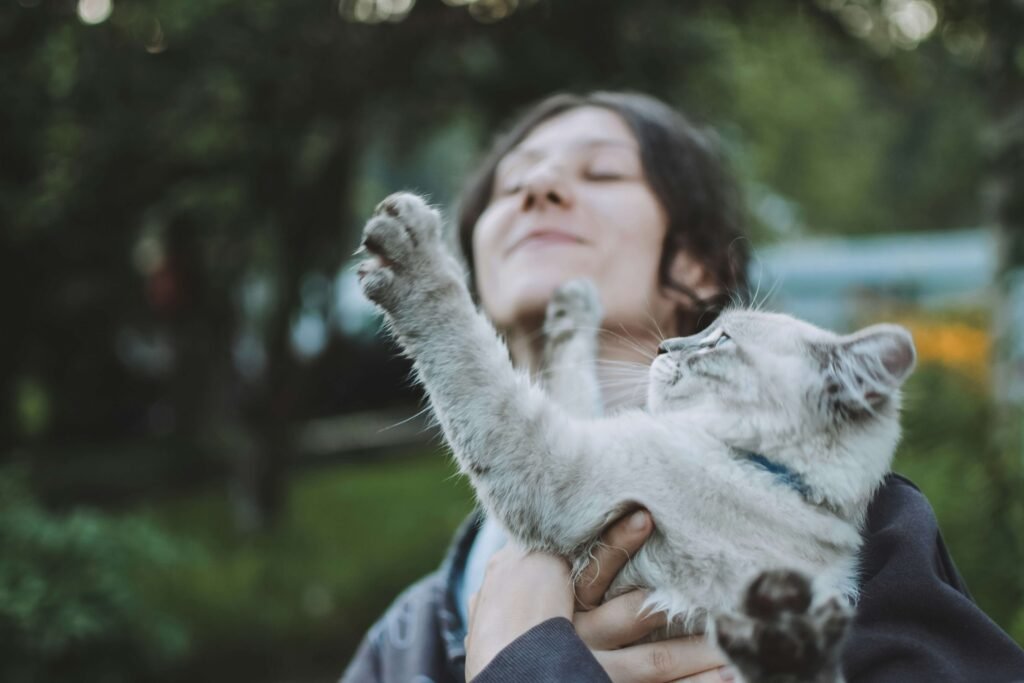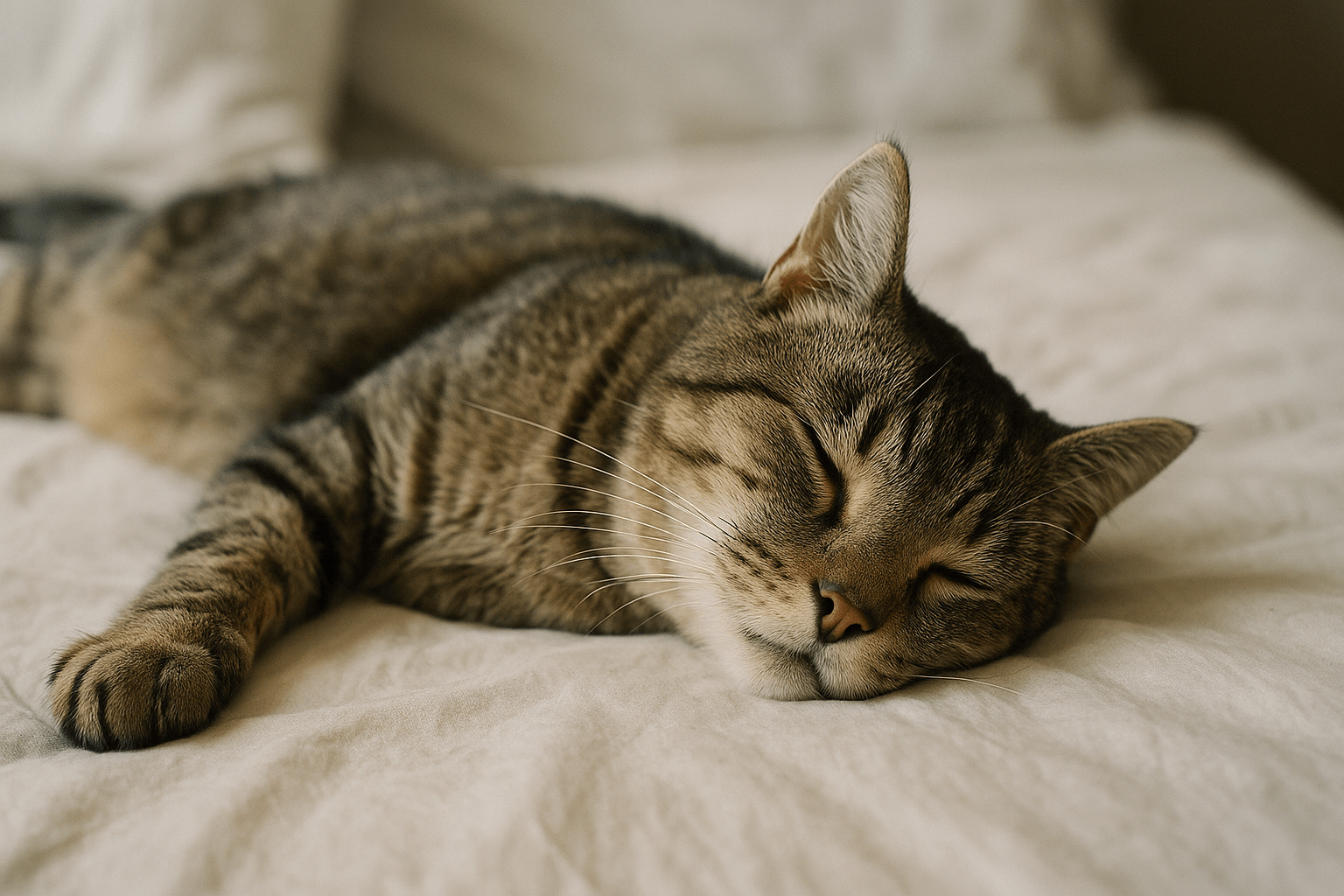How to Hold a Cat: The Ultimate Guide to Bonding and Comfort
Cats are fascinating creatures, known for their independence, grace, and unique personalities. Whether you’re a seasoned cat owner or someone who’s just starting to explore the world of feline companionship, learning how to hold a cat properly is an essential skill. Holding a cat isn’t just about picking it up; it’s about understanding its body language, respecting its boundaries, and ensuring both you and your furry friend feel comfortable. In this guide, we’ll walk you through everything you need to know about holding a cat safely and confidently while strengthening your bond.
Understanding Your Cat’s Body Language Before Picking It Up
Before attempting to hold your cat, it’s crucial to observe its behavior and understand what its body language is telling you. Cats communicate their feelings primarily through their posture, tail movement, and vocalizations. Here are some key signs to look out for:
A relaxed cat will have soft eyes, a calm demeanor, and may even approach you for attention.
If the cat’s tail is flicking rapidly or puffed up, it might be feeling agitated or scared.
Flattened ears or growling indicates discomfort or fear—this is not the time to pick up your cat.
Slow blinking is often a sign of trust and affection from your cat.
A crouched position with wide eyes suggests the cat feels threatened or cornered.
By paying close attention to these signals, you can ensure that your cat is in the right mood for interaction. Ignoring these cues could lead to scratches, bites, or stress for both you and your pet. Always prioritize your cat’s comfort over your desire to hold it.
Step-by-Step Guide to Safely Picking Up a Cat
Once you’ve assessed your cat’s mood and determined it’s ready for handling, follow these steps to pick it up safely and securely:
Approach your cat calmly and avoid sudden movements that might startle it.
Extend your hand slowly to let the cat sniff you, giving it time to recognize your scent.
Place one hand under the cat’s chest, supporting its front legs gently but firmly.
Use your other hand to support the hindquarters, ensuring the entire weight of the cat is evenly distributed.
Lift the cat smoothly and bring it close to your body for added security and warmth.
Remember, every cat is different, and some may take longer than others to get used to being held. Be patient and gentle throughout the process. With practice, you’ll develop a technique that works best for both you and your feline companion.
Check this guide 👉The Right Way to Pick Up a Cat: Best 7 Expert Tips!

Do’s When Holding a Cat | Don’ts When Holding a Cat |
|---|---|
Support the cat’s full body weight | Pick up a cat by its scruff |
Ensure the cat feels secure and balanced | Ignore signs of distress or discomfort |
Approach the cat calmly and respectfully | Force a cat into your arms against its will |
Let the cat initiate contact whenever possible | Hold the cat too tightly or restrict movement |
Reward good behavior with treats or praise | Forget to wash your hands after handling |
Common Mistakes to Avoid When Holding a Cat
Even well-meaning pet owners can make mistakes when holding a cat. These errors can cause discomfort or anxiety for your feline friend. To help you avoid common pitfalls, here’s a list of things to steer clear of:
Picking up a cat without proper support, leaving it dangling awkwardly.
Forcing a cat to stay in your arms when it clearly wants to leave.
Holding a cat upside down or in unnatural positions.
Ignoring warning signs like hissing, swatting, or trying to escape.
Assuming all cats enjoy being picked up—they don’t!
By avoiding these mistakes, you can build trust and ensure that your cat associates being held with positive experiences. Always remember that patience and respect go a long way in creating a harmonious relationship with your pet.
Building Trust Through Positive Interactions
Holding a cat should always be part of a broader effort to strengthen your bond. Building trust takes time, especially if your cat is shy or has had negative experiences in the past. Here are some strategies to foster a deeper connection:
Spend quality time with your cat daily, engaging in activities it enjoys, such as playtime or grooming.
Offer treats or rewards during or after holding sessions to reinforce positive associations.
Respect your cat’s personal space and allow it to come to you when it’s ready.
Speak softly and use reassuring tones to make the experience calming for your cat.
Gradually increase the duration of holding sessions as your cat becomes more comfortable.
Consistency and kindness are key to nurturing a loving relationship with your cat. Over time, you’ll find that your efforts pay off in the form of mutual trust and affection.
Understanding Cat Preferences
Cats have distinct personalities, and not all of them enjoy being held in the same way. Some may love cuddling, while others prefer minimal handling. Here are a few insights into what might influence your cat’s preferences:
Cats with high energy levels may prefer playtime over being held.
Shy or anxious cats might need more time to adjust to physical contact.
Older cats with joint pain or arthritis may feel uncomfortable being picked up.
Kittens often enjoy short bursts of holding as they’re curious and playful.
Socialized cats who grew up around humans are usually more receptive to being held.
By recognizing these differences, you can tailor your approach to suit your cat’s individual needs. Respect their preferences, and you’ll build a stronger connection over time.
Benefits of Holding Your Cat
Holding your cat isn’t just about physical closeness—it also offers emotional and health benefits for both you and your pet. Below are some advantages of incorporating this practice into your routine:
Holding your cat can reduce stress and lower blood pressure for you.
It strengthens the human-animal bond, fostering trust and affection.
Regular gentle handling helps desensitize cats to touch, making vet visits easier.
Physical contact can comfort a cat during times of illness or anxiety.
It provides an opportunity to check for skin issues, lumps, or other health concerns.
Incorporating moments of holding into your daily interactions enhances your relationship and contributes to your cat’s overall well-being.
Signs Your Cat Enjoys Being Held
While some cats are vocal about their dislike of being held, others will show clear signs that they’re enjoying the experience. Keep an eye out for these positive indicators:
Purring loudly while resting in your arms.
Leaning into your chest or nuzzling against you.
Kneading softly with their paws, a sign of contentment.
Closing their eyes or slow-blinking at you.
Staying relaxed and still instead of squirming to get away.
These behaviors signal that your cat feels safe and happy in your presence. Celebrate these moments, as they reflect the deep bond you’ve built with your feline companion.
Frequently Asked Questions About Holding a Cat
How do I know if my cat likes being held?
Look for signs of relaxation, such as purring, kneading, or leaning into your touch. If the cat seems tense or tries to wriggle free, it likely doesn’t enjoy being held.
Can I pick up a stray or feral cat?
No, stray or feral cats are unlikely to trust humans and may react aggressively. Leave handling to professionals trained in animal rescue.
Is it okay to hold kittens frequently?
Yes, but handle them gently and for short periods to avoid overwhelming them. Kittens are still developing physically and emotionally.
What if my cat scratches me while I’m holding it?
Remain calm and set the cat down carefully. Check for injuries, clean the area, and avoid punishing the cat—it was likely acting out of fear.
How can I teach my cat to tolerate being held?
Start with short, positive interactions, rewarding good behavior. Gradually extend the time spent holding the cat as it grows more comfortable.
Final Thoughts on Holding a Cat
Holding a cat is much more than a simple act—it’s an opportunity to deepen your bond and show your pet love and care. By understanding your cat’s needs, respecting its boundaries, and using safe techniques, you can create a positive and enjoyable experience for both of you. Remember, every cat is unique, so adapt your approach based on its personality and preferences. With patience, empathy, and consistency, you’ll become a pro at holding your feline companion in no time. So go ahead, give it a try, and cherish those moments of closeness with your beloved pet!
Why Is My Cats Second Eyelid Showing? Best 7 Expert Tips! Understand causes, health signs, and how to respond when your cat’s third eyelid becomes visible.
How Do I Know If My Cat Died Peacefully? Best 7 Expert Tips! Discover the quiet signs of a peaceful feline passing and find comfort in their final moments.
Cat Allergy Eyes: Best 7 Expert Tips! Discover why your eyes react to cats and learn proven strategies for relief—without giving up your feline friend.
Why Do Abyssinian Cat Colors Matter? Best 7 Expert Tips! Discover the genetics, rare hues, and care secrets behind Abyssinian coat colors for a healthier, happier cat.





